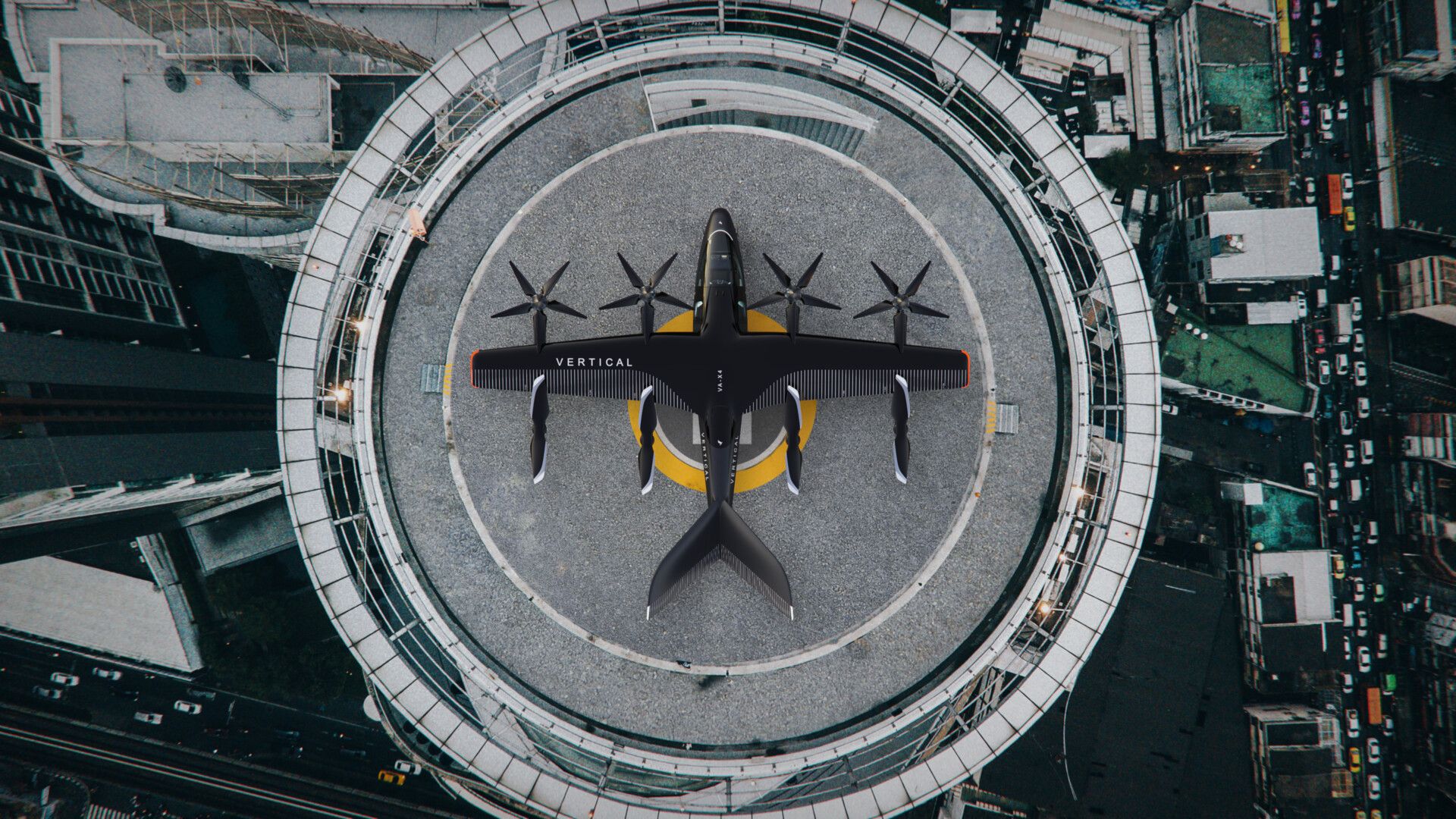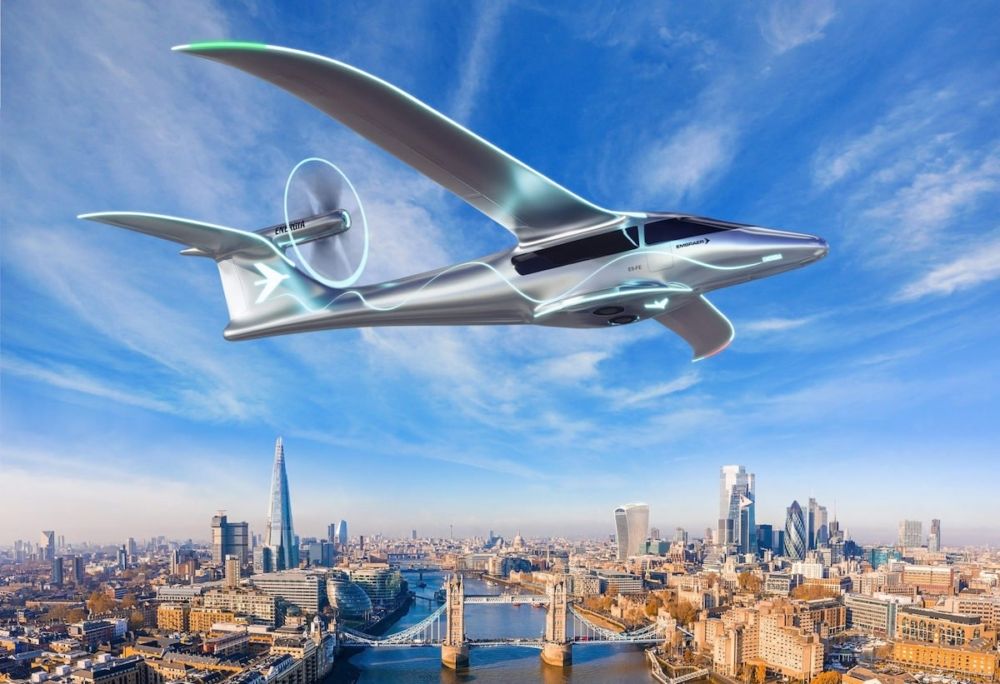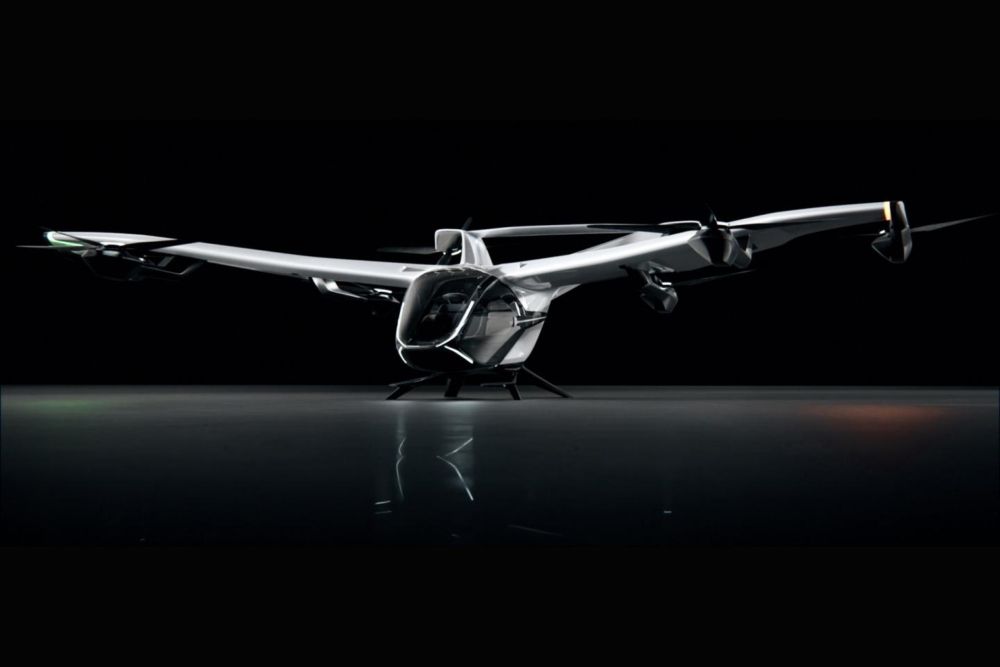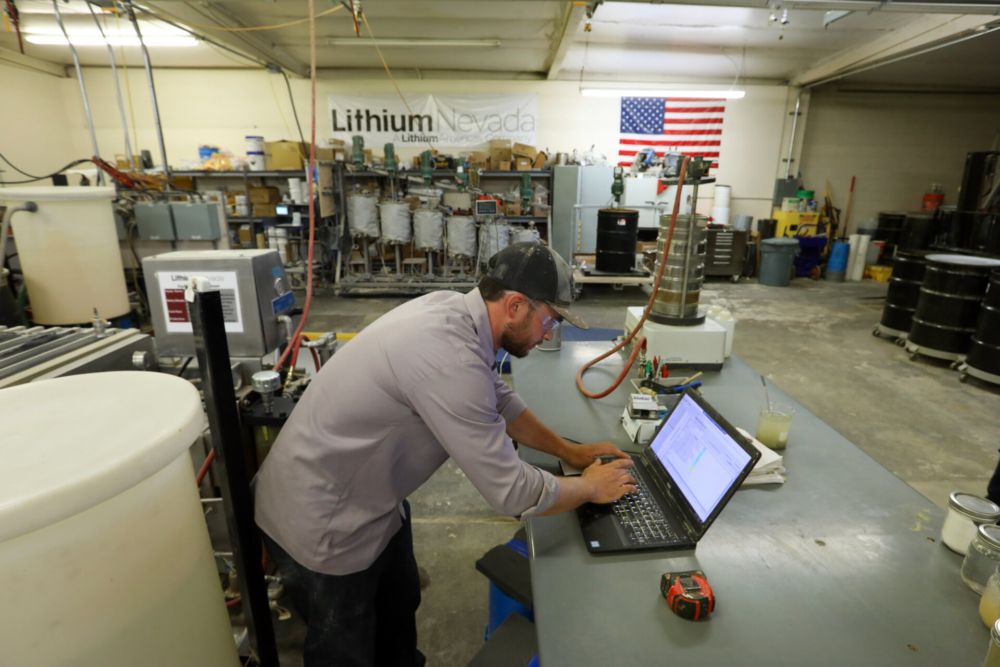The aviation industry is betting on commercial electric flight as part of a portfolio approach to reach its net-zero by 2050 target. Urban air mobility eVTOL companies are practically falling over each other announcing new investments and orders. However, among the different challenges facing a transition to electric air travel, the torrential increase in demand for lithium and other crucial minerals could prove to be one of the most difficult to overcome.
In order to solve what many deem its greatest challenge to date - the task of decarbonization - aviation is going to need a combined approach consisting of several emerging technologies. Thus far, the industry is mainly looking towards sustainable aviation fuel for long-haul operations (including supporting technologies such as direct air carbon capture), and hydrogen and electric propulsion systems for short-haul air travel.
Battery-technology essential
For electric aircraft, the evolution of battery technology will be crucial. Even with today's state-of-the-art lithium-ion cells, it would take 1.2 million pounds worth of batteries to replace one engine of a 747, according to the University of Houston Energy Fellows.
However, companies such as Heart Aerospace believe that they are well on the way to certifying electric passenger aircraft up to 19 seats within the next few years. Wright Electric, Rolls-Royce, and NASA are all working on their own versions of electric planes.
There is also the issue of charging times upsetting turnaround efficiency and economics. Some believe this could be mitigated through swappable batteries in the nose of the aircraft, such as Embraer has envisioned in its electric Energia family concept.
However, United Airlines-backed Heart Aerospace says swapping batteries will add unnecessary complexity and that charging times will be about 40 minutes for an 'average mission'.
Stay informed: Sign up for our daily and weekly aviation news digests.
Electric mobility market driving demand
Meanwhile, vertiport systems are being readied for eVTOL vehicles from players such as Volocopter, Vertical Aerospace, BETA Technologies, Lilium, and Airbus. Soon, we will see the concept of urban air mobility (UAM) come to life, and we will all commute to our hybrid-working days in the office in a ride-sharing silent flight above the ground. Or not?
Battery technology and charging infrastructure are not the only hurdles on the path to an electric mobility revolution. Experts are becoming increasingly alarmed over mineral shortages' effect on battery supply - and the environmental implications of said minerals' extraction.
While the immediate concern lies with the economics and profit margins of battery-driven cars (the battery is 30% of the cost of a car as opposed to an estimated 2% or 3% of an aircraft), the implications of a limited supply of lithium, cobalt, and other minerals, could also threaten to halt the evolution of electric air travel.
Demand set to increase 40 times over 20 years
In 2020, lithium demand was about 320,000 tonnes. The International Energy Agency (IEA) is forecasting that it could increase by as much as over 40 times by 2040. It is highly improbable that mining will keep up with the predicted snowballing of demand. In turn, this will drive prices higher and throw off calculated profit margins.
However, it is not just the old supply and demand price calculation that is casting a shadow over electric aircraft’s place in a sustainable aviation future. Could we potentially be bulldozing other environmental considerations in our hurry to decarbonize, especially in hastened attempts to gain geopolitical advantages?
Water shortages and pollution
Production of raw materials for electrically-driven vehicles such as lithium, cobalt, and nickel damage not only land but also water, wildlife, and people. Immediate environmental effects are often overlooked or brushed over as the 'lithium gold rush' spreads across the globe.
The biggest lithium reserves in the world are located in descending order in Bolivia (21 million tonnes), Argentina (17 million tonnes), Chile (9 million tonnes), United States (6.8 million tonnes), Australia (6.3 million tonnes), and China (4.5 million tonnes).
However, reserves do not equal current production. In 2020, that list was topped by Australia, followed by Chile, and China. They mined 40,000, 18,000, and 14,000 tonnes respectively. Meanwhile, China’s Tianqi Lithium owns 51% of the world’s largest operating lithium reserve in Australia, giving it a controlling interest.
According to estimates, it takes 500,000 gallons of water to mine one tonne of lithium. Water scarcity is already affecting 40% of the world's population. In Chile’s Salar de Atacama, mining activities consumed 65 % of the region’s water last year.
An increasing number of cities, including Lima, are beginning to ration water. Along with minerals, freshwater is a commodity that is set to grow in significance. This could also cause geopolitical imbalances as countries build dams in rivers, leaving other areas downstream to struggle.
What's more, toxic chemicals, including hydrochloric acid, leak from lithium evaporation pools into the water supply. Investigators have found impacts on fish as far away as 150 miles downstream from lithium mining sites.
Environmental and economic implications
So what does this mean for the future of electric commercial flight and its actual environmental footprint? It is still too early to tell. It will depend on the evolution of lithium extraction methods as well as overall supply and economics.
If we are talking about a few thousand regional aircraft, potential mineral shortages may not substantially affect the launch of electric flight at scale (environmental impact is another matter). However, the economics of the emerging UAM market could be thrown significantly off course compared to current estimates.
With so many eVTOL makers fighting for forthcoming market share, will all of the business models survive a price-hike when competing with electric cars for the precious minerals? And will electrical flight's emissions-free environmentally friendly image survive the implications of lithium mining - often rushed in order to secure national self-sufficiency.
As South-African based environmental journalist Tony Carnie said when participating in the recent Future Flying Forum,
"Unfortunately, with all forms of mass-energy production, there are going to be environmental consequences of some sort, simply from the scale and the raw materials that are required. But can you use that as an excuse for inaction? No, I don't think you can. But that's not to say that renewable energy will be completely benign."
Do you believe the impacts of lithium mining are negligible when compared to CO2 emissions? Will electric flight and urban air mobility become a reality before the end of the decade? Leave a comment below and share your thoughts.






